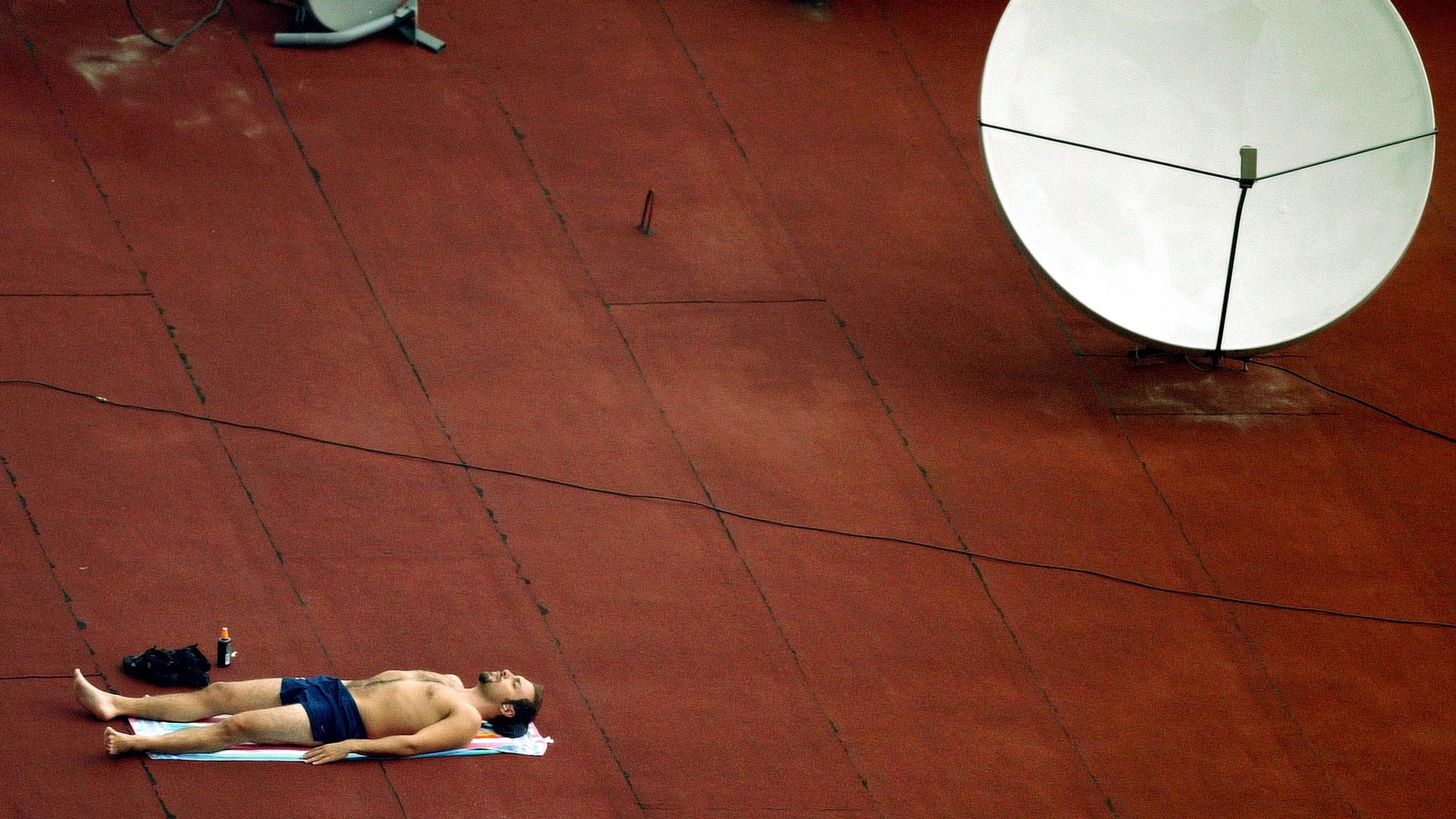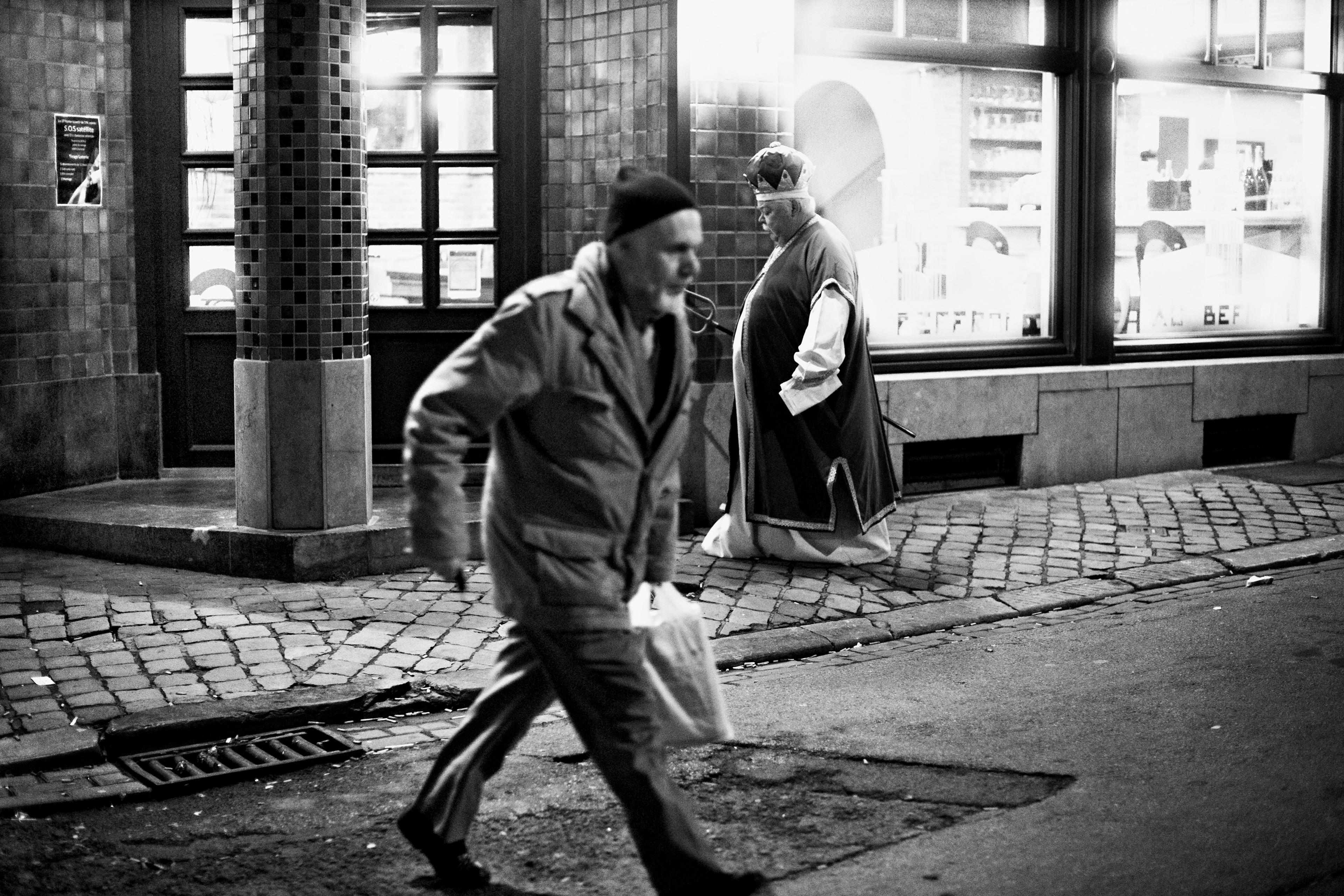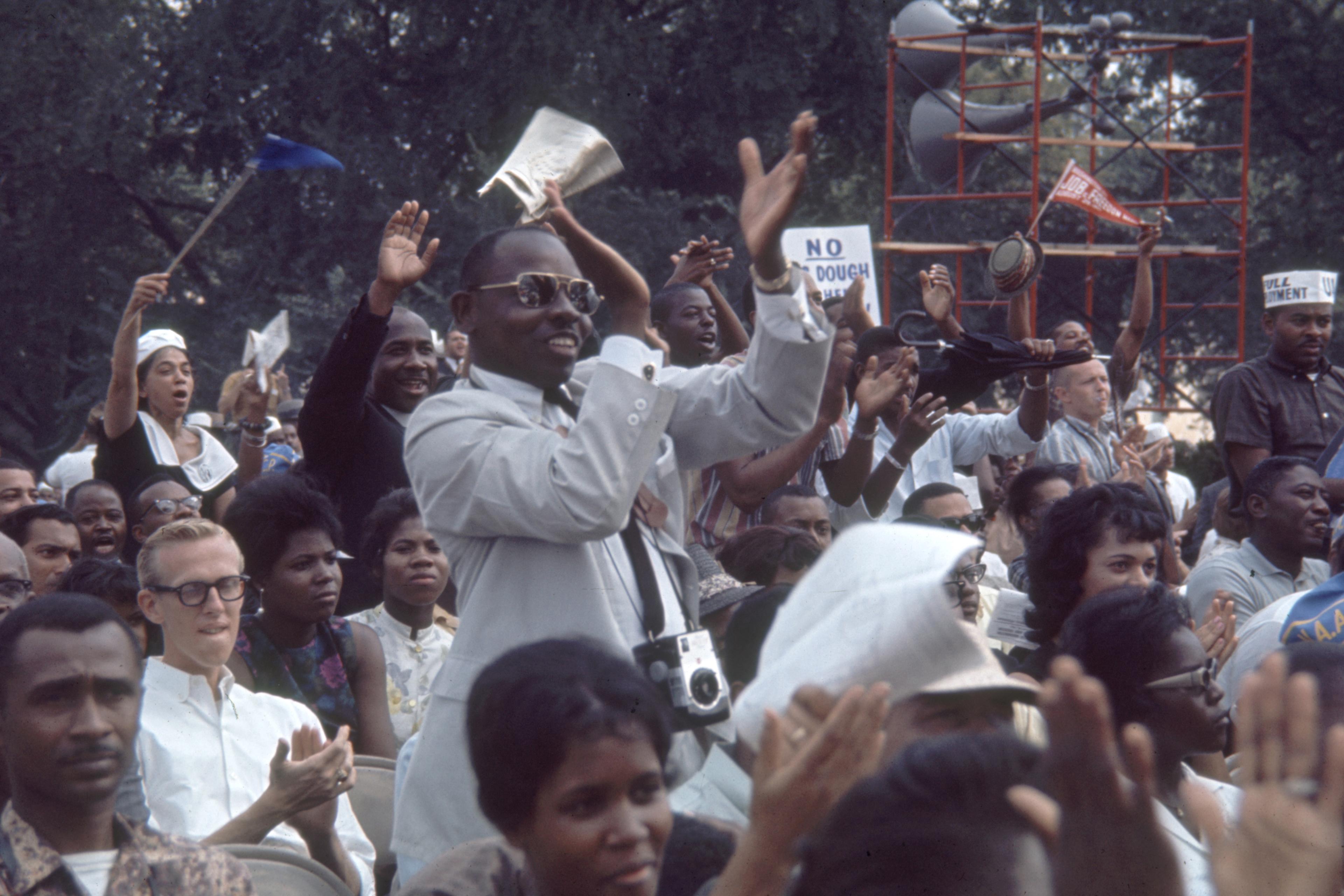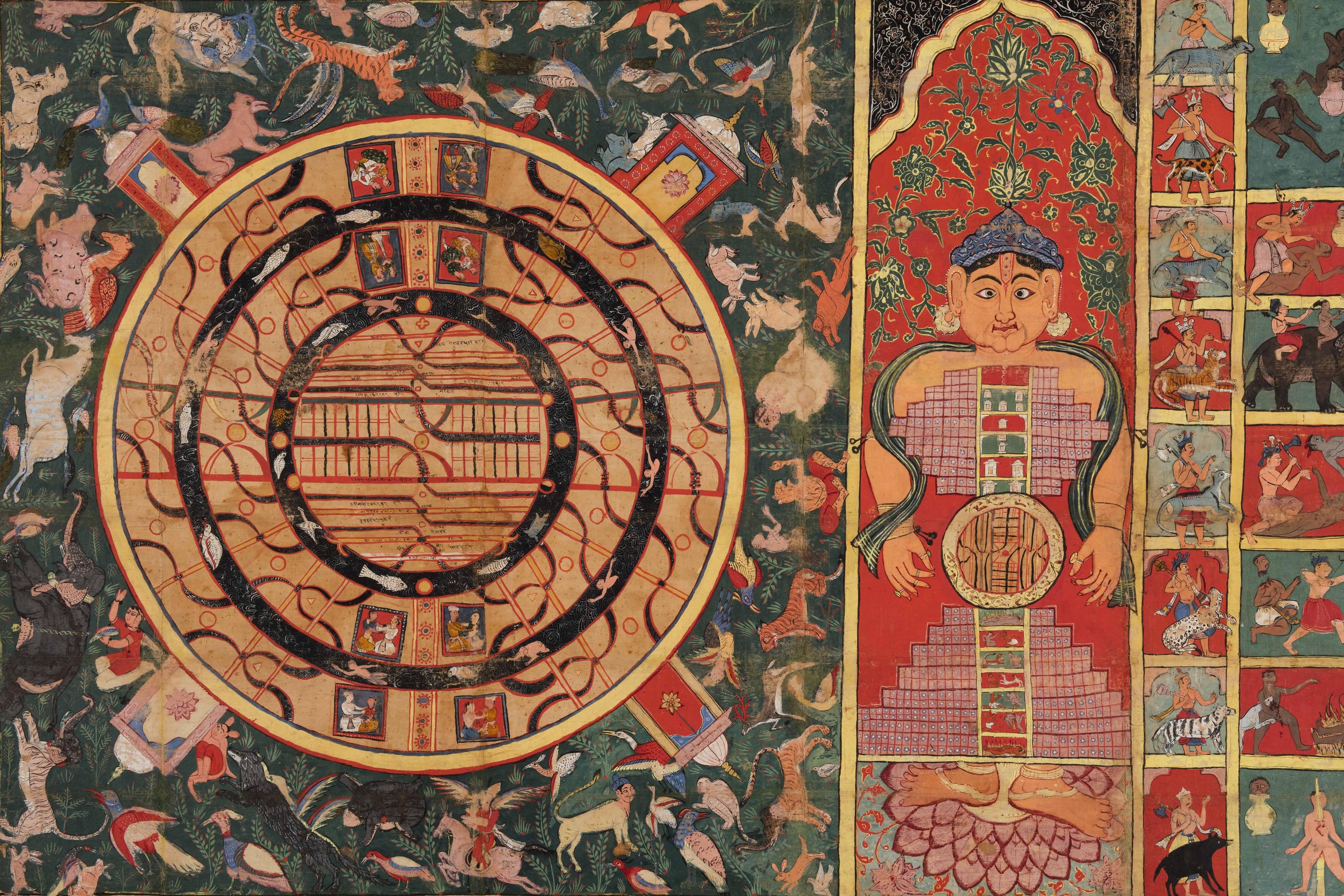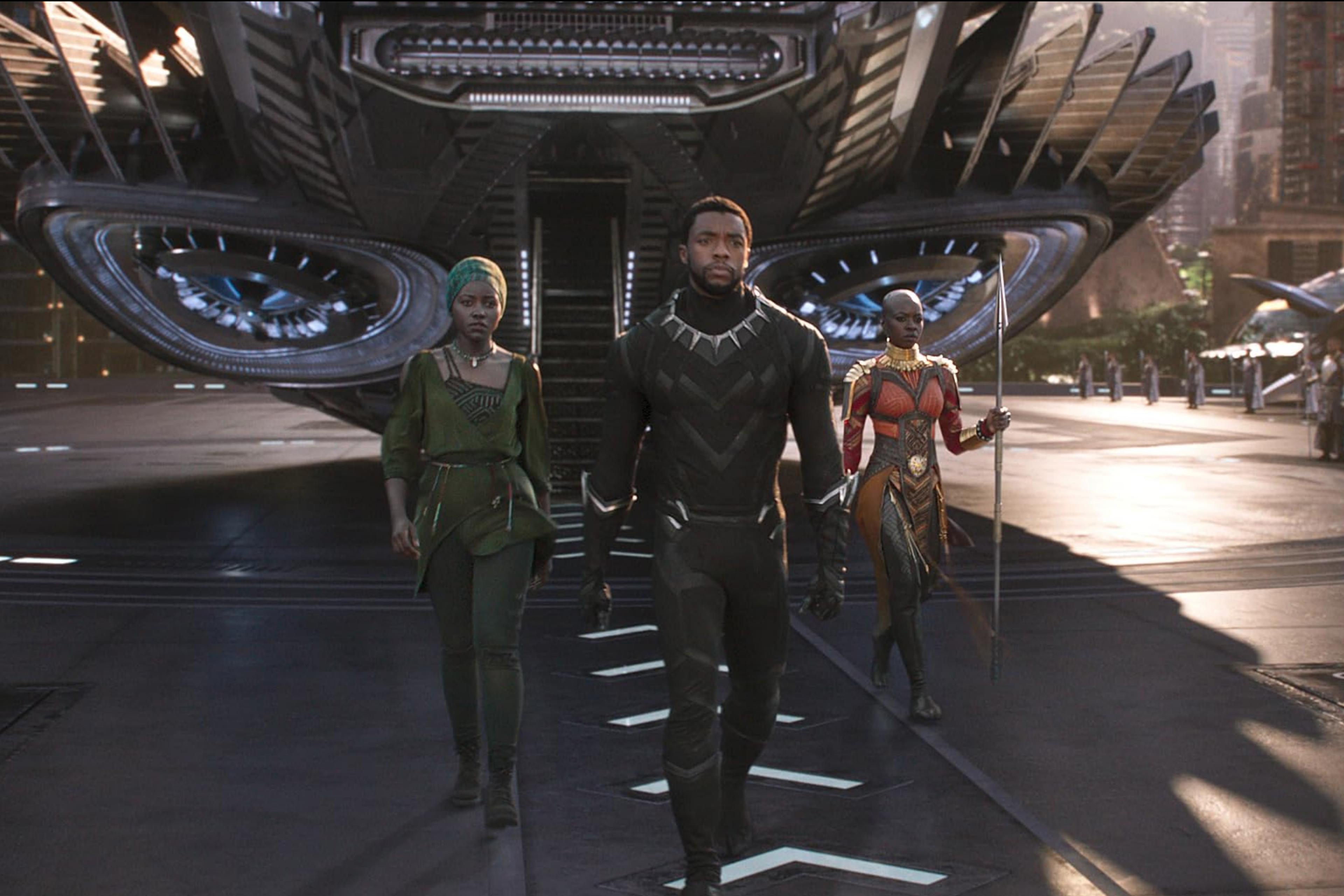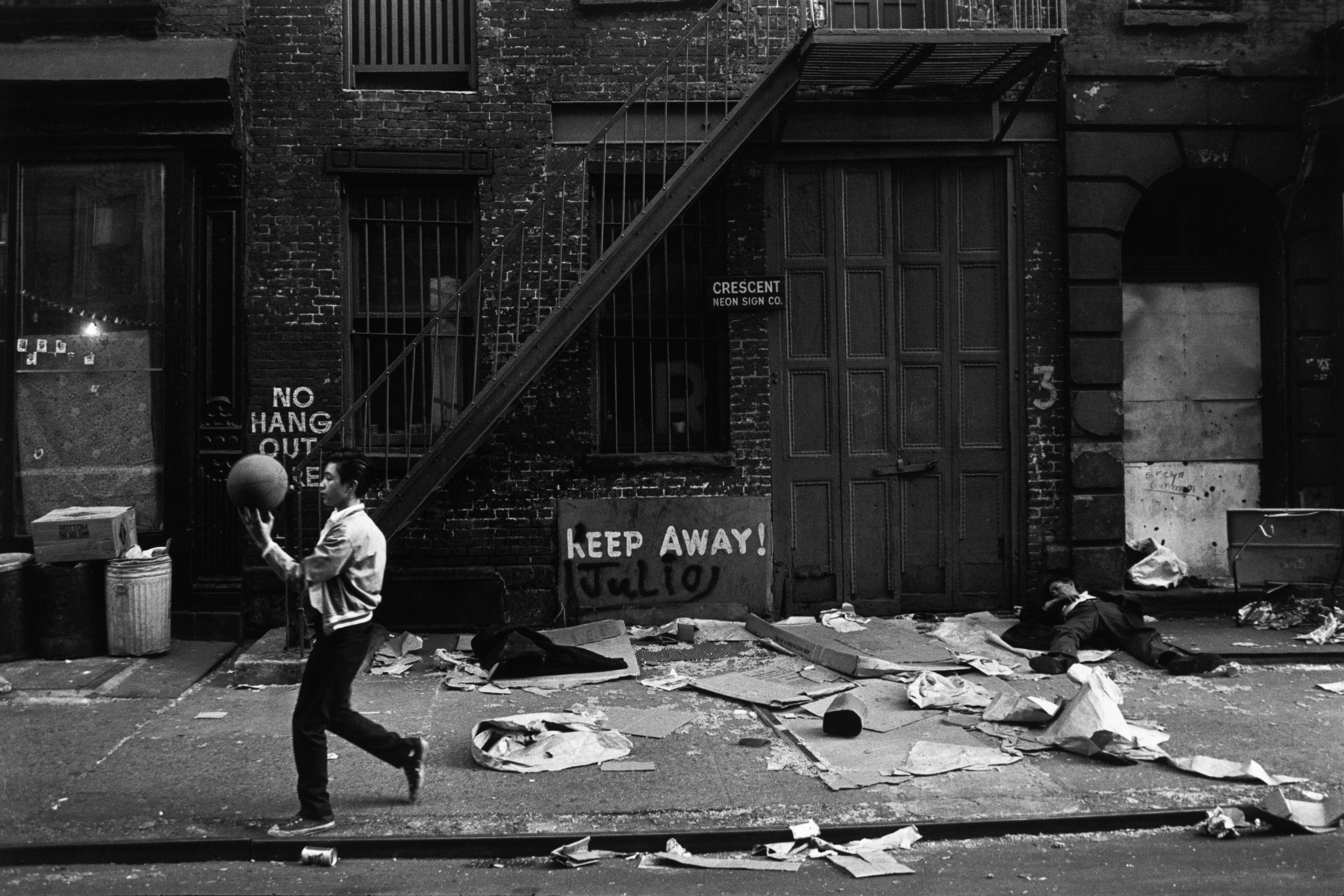What does it mean to be optimistic? We usually think of optimism as an expectation that things will work out for the best. While we might accept that such expectations have motivational value – making it easier to deal with the ups and downs of everyday life, and the struggle and strife we see in the world – we might still feel dubious about it from an intellectual perspective. Optimism is, after all, by its nature delusional; ‘realism’ or outright pessimism might seem more justifiable given the troubles of the present and the uncertainties of the future.
Those of us familiar with Voltaire’s celebrated novel Candide, or Optimism (1759) might be reminded of his character Dr Pangloss, and his refrain that all must be for the best ‘in this best of all possible worlds’. As Pangloss and his company are subjected to disaster, war, mutilation, cruelty and disease, his article of faith seems increasingly blind. Pangloss, a professor of ‘metaphysico-theologico-cosmolo-nigology’, is a vicious caricature of the great German polymath Gottfried Wilhelm Leibniz, and his catchphrase is Voltaire’s snappy formulation of the German’s attempt to provide a logical argument for optimism.
Or, really, a theological argument. Leibniz didn’t set out to explain why some people are perpetually cheerful about their prospects, but why an all-powerful, all-seeing and all-loving God allows evil to exist in the world. This ‘problem of evil’ has been debated for millennia, but it was Leibniz who first attempted to reason his way to an answer, rather than look to scripture for one. His inspiration came from his realisation, in the early 1680s, that the path taken by light through a system of prisms or mirrors always followed the ‘easiest’, or ‘optimal’, path from source to destination. As the contemporary philosopher Jeffrey McDonough argued in A Miracle Creed (2022), he soon realised that many other phenomena followed a similar ‘principle of optimality’ – including, perhaps, the entirety of God’s creation.
Up until that point, it had generally been assumed that the cosmos was precisely the way it had to be. Leibniz, on the other hand, argued that God could have chosen from many laws and ingredients when making the world, but some combinations would not be internally consistent. So God, in His wisdom, chose the particular combination that led to a world that was both ‘simplest in hypotheses and richest in phenomena’. That might not be a perfect world, containing no suffering or evil, but it would be the best of all possible worlds. While there might be many possible ways to make a world, there’s only one optimal way. And this view of the world came to be known as optimism.
Leibniz’s view, put forward in his book Theodicy (1710), did not win instant acclaim. Critics sniffed at the idea that God’s motives could be deciphered in this way. But it was Voltaire, almost half a century later, who dealt the killing blow. Candide proved enormously successful. Published in five countries simultaneously, it is estimated to have sold more than 20,000 copies in its first year alone. Voltaire’s acerbic depiction of Leibniz and his ideas stuck – and, since the German was long dead, he was unable to fight his corner. Even today, many people are much more familiar with Voltaire’s satirical take than Leibniz’s rational one.
But was Leibniz on to something? Could his worldview help us regain a clearer sense of how to be optimistic in the present day? In his day, the idea that the world could be arranged any differently was novel to the point of outlandishness. Over centuries, that gradually changed as it became clearer that the cosmos contains places that are nothing like Earth, and that our planet itself had been dramatically different in the past. But it shot to prominence in the middle of the 20th century, when both philosophy and physics converged on the idea that ours is only one of many possible universes – or, at least, that this is a useful way to think about certain problems in logic and quantum theory.
And many other problems, too. This intellectual respectability has turned into cultural ubiquity: the idea that there are many possible worlds is intuitively appealing in a time when ever fewer people accept the idea of a divine plan. We are more likely to believe that the future is open, with many alternative paths we could take from today to tomorrow. Whatever its scientific merits, the multiverse has become ubiquitous as a metaphor for the way the courses of our lives, and of our societies, are set by the decisions we make, the actions we take and the accidents that befall us. Once, we might have assumed that our fates lay in the lap of the gods, or that implacable physical laws dictate our every move. Today, we think the responsibility lies with us.
No one really expects utopia to arrive tomorrow. But we can still strive for the best of all possible worlds
That makes Leibnizian optimism more appealing than it has been for centuries. Besides the renewed relevance of its central metaphor, Leibnizian optimism reminds us that we cannot see or understand the whole design of the world. And if we attempt to fix one problem at one time and place, there will likely be consequences elsewhere that we can’t anticipate. Climate change is a byproduct of the massive economic uplift engendered by the Industrial Revolution. The collapsing demographics of many societies result in part from huge improvements in infant mortality and life expectancy. The technology that lets you read my ideas here also reshapes societal norms and disrupts our polities.
That doesn’t mean we should stop trying to improve the world: it means we should expect perfection to remain perpetually out of reach. That’s not such a bitter pill to swallow: a few technological fantasists aside, no one really expects utopia to arrive tomorrow, or the day after that. But we can still strive for the best of all possible worlds. The key to making Leibniz’s version of optimism relevant to a secular, 21st-century worldview is to make ‘the best of all possible worlds’ an aspiration, not a statement of belief. We may or may not live in a multiverse; but we can better shape the Universe we do live in if we think about its unrealised branches and forks – whether those lie along roads not taken in the past, or the paths we might walk into the future.
This might sound abstract or fanciful. But in fact, as I detail in my book The Bright Side (2025), there are many ways in which multiversal thinking is already applied, many of them down-to-earth and serious. We devise scenarios for the future of the climate, and our reactions to it; we role-play how markets might be plunged into crisis, conflicts might unfold and pandemics be contained. Counterfactual historians ask: ‘What if?’, the better to understand how the world of today emerged from the world of yesterday – and futurists ask the same question to understand how it might give rise to the world of tomorrow. Billions of dollars, millions of lives, the trajectory of industries, societies and nations are determined, more or less explicitly, by possible-worlds thinking.
So, yes, optimism can take the form of blind faith that the future will be brighter than the present. Most of us, in our everyday lives, need some of that faith in order to keep moving forward when times get tough, when obstacles present themselves and the future is full of unknowns. But when it comes to how we think about the world we live in, and the challenges we all face, Leibnizian optimism – the original optimism – provides a fertile way to evaluate our options and shake off our feelings of fatalism. The world, and the future, is always full of possibilities – and we can always strive to make it the best of all possible worlds.
Adapted from The Bright Side: Why Optimists Have the Power to Change the World (2025) by Sumit Paul-Choudhury, published by Canongate Books.
